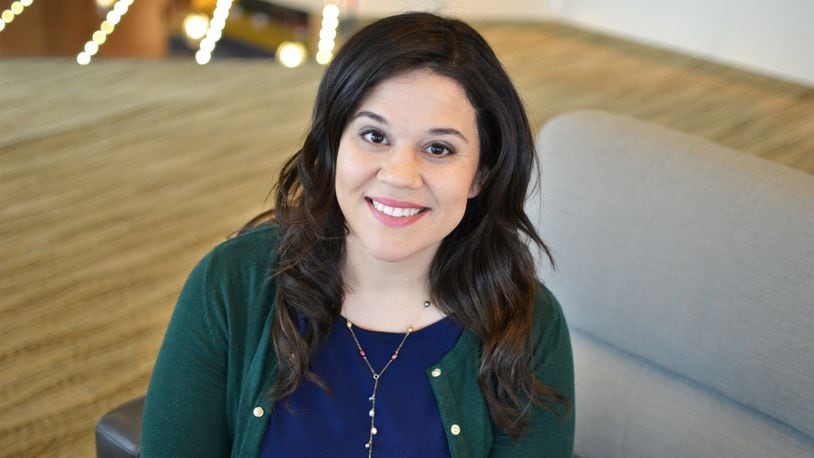» CORONAVIRUS: Complete coverage
“They can be found at the head of the bed in an ER,” Bailey said, “at the bedside of those on life support, in neonatal intensive care units, on helicopters alongside the transport team, all throughout hospitals, in outpatient asthma clinics, pulmonary offices and more, caring for those that can’t breathe and trying to improve the breaths of those that can, but do so with difficulty. They are an essential member of the care delivery team, especially during the COVID crisis. Their expertise in ventilator management and the cardiopulmonary system will no doubt affect the lives of countless people.”
Bailey, who lives in Kettering, is the president of the Ohio Society of Respiratory Care. She leads an organization that finds itself on the front lines of the battle against the coronavirus.
Respiratory therapists decide when patients need ventilators. They decide what type of ventilators patients need. They choose the settings for those ventilators. They clear airways. They are trained to think quickly on the job and work with doctors and nurses to provide critical care.
» STILL RUNNING: Dayton RTA takes pride in continuing operations
“Many times when you watch (a TV drama) and you see a patient crashing and they say, ‘Code blue, get the crash cart!’ and you see somebody bagging the patient at bedside, that’s the respiratory therapist,” Bailey said. “That’s what we do.”
With COVID-19, the disease caused by the new coronavirus, many people end up in ICUs and on ventilators, Bailey said.
“They end up with really bad lung disease,” she said. “Respiratory therapists are the ones right there. They’re the ones monitoring those ventilators and recommending changes to the physicians and working right alongside the rest of the medical team.”
Sue Ciarlariello, who was director of respiratory care at Dayton Children’s Hospital until retiring last year, wrote an editorial recently that was distributed among people in the profession. She called respiratory therapists the unsung heroes of the fight against the coronavirus.
"We are very lucky in the U.S. to have respiratory care professionals," Ciarlariello wrote. "We are few but mighty; in Ohio, there are only 8,700 licensed (respiratory therapists) compared to 297,000 licensed nurses, nearly 58,000 licensed physicians and 53,000 licensed EMS and fire personnel.We definitely need more in our ranks to meet the current and future demand.Please recognize our valuable role in this crisis along with our deserving colleagues."
Running ventilators will be a key role for respiratory therapists in the weeks and months ahead. Bailey said the the Ohio Department of Health approached the Ohio Society for Respiratory Care and several other organizations in 2008 to get recommendations on what ventilators to purchase for the state stockpile. Ohio purchased 250 ventilators, which are stored throughout the state and ready for use when needed.
" We know that this causes severe acute lung disease," Bailey said. "It prevents patients from oxygenating effectively, and it also affects the elasticity of patients' lungs. So we knew respiratory therapists would be involved from the get go, especially if this ended up becoming as bad as it was being predicted and it's looking like here in the United States, even with social distancing, it's just continuing to get worse."
"We're seeing new stories frequently about young healthy people who have contracted the virus and ended up in the ICU and ended up not not making it, which is hard," Bailey said. "It's hard to read about all of that and it's hard to see it and it's hard to work on the front lines with that every day."
About the Author
